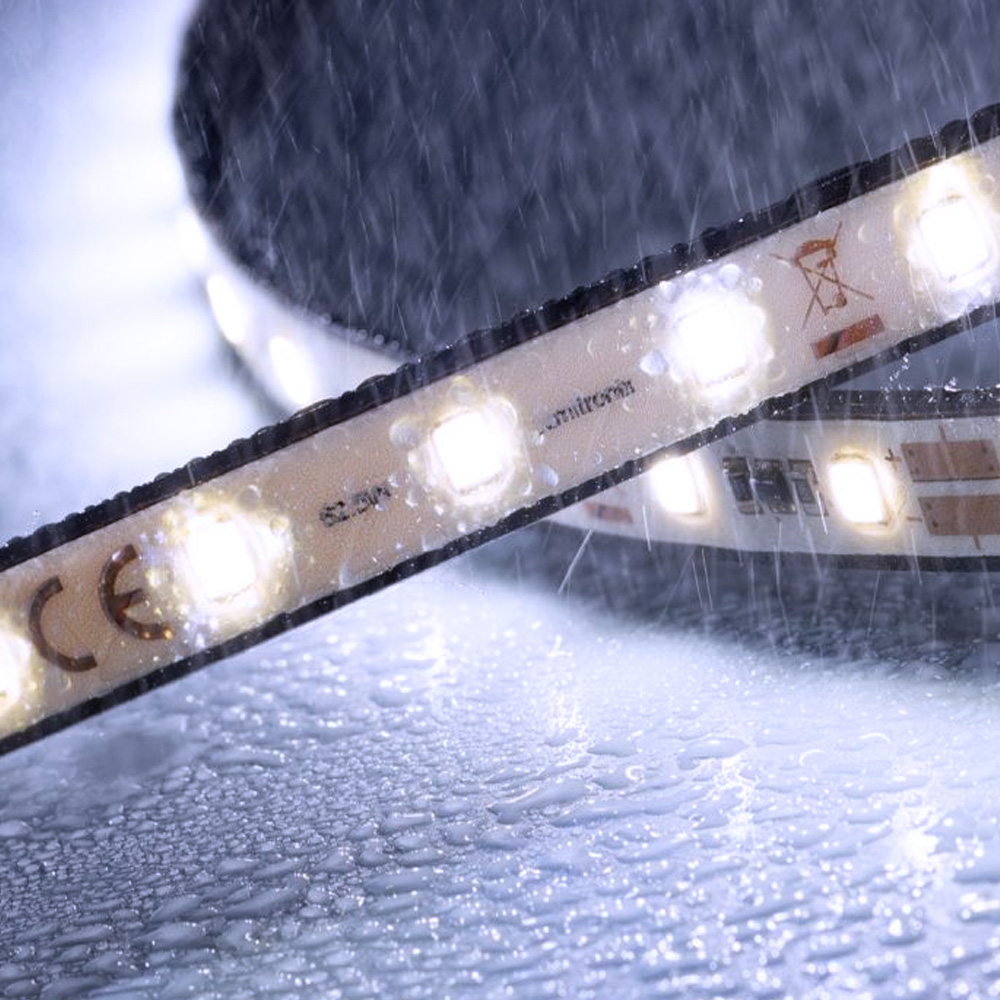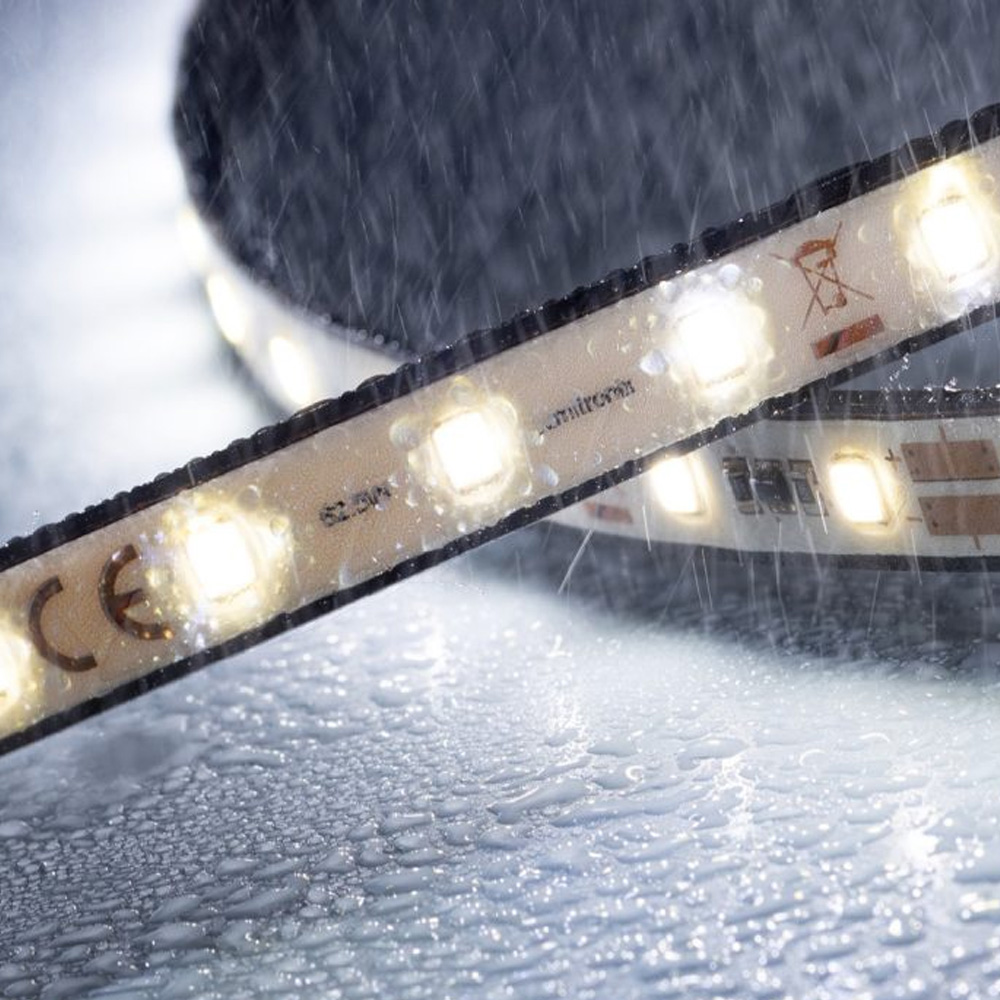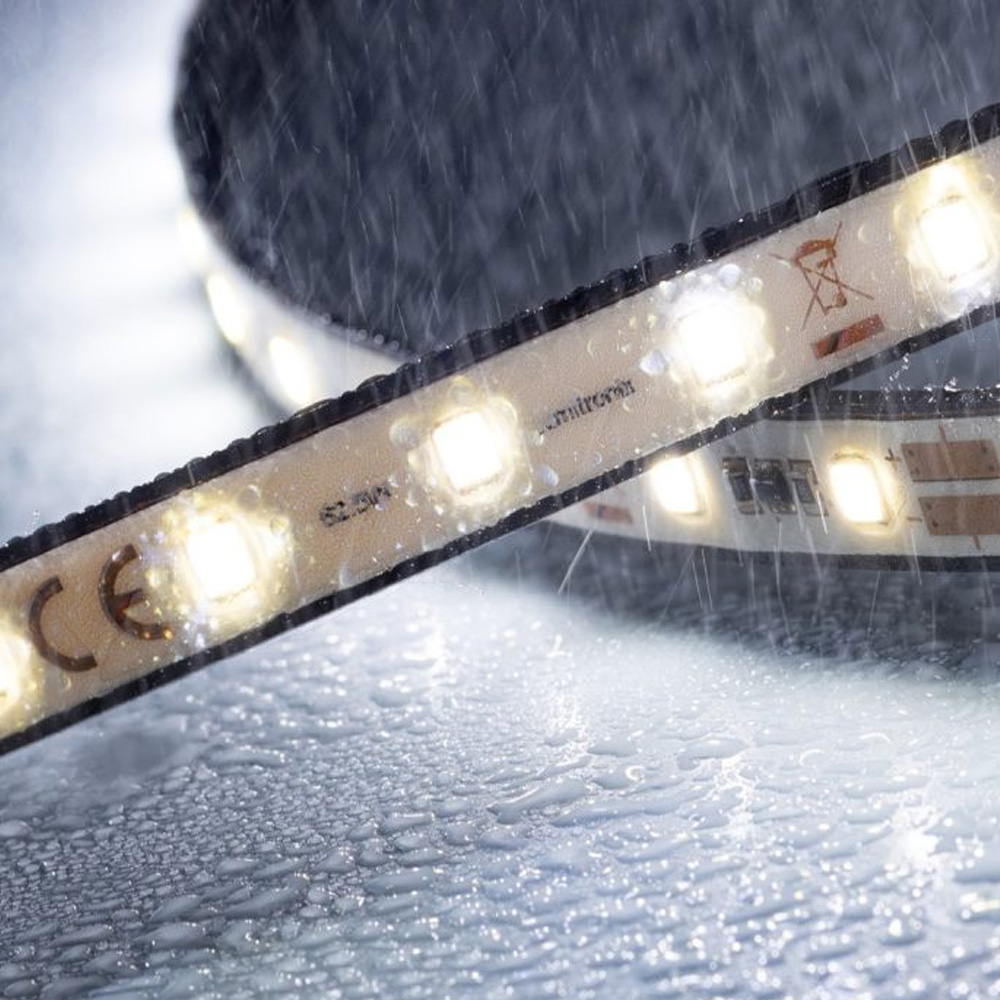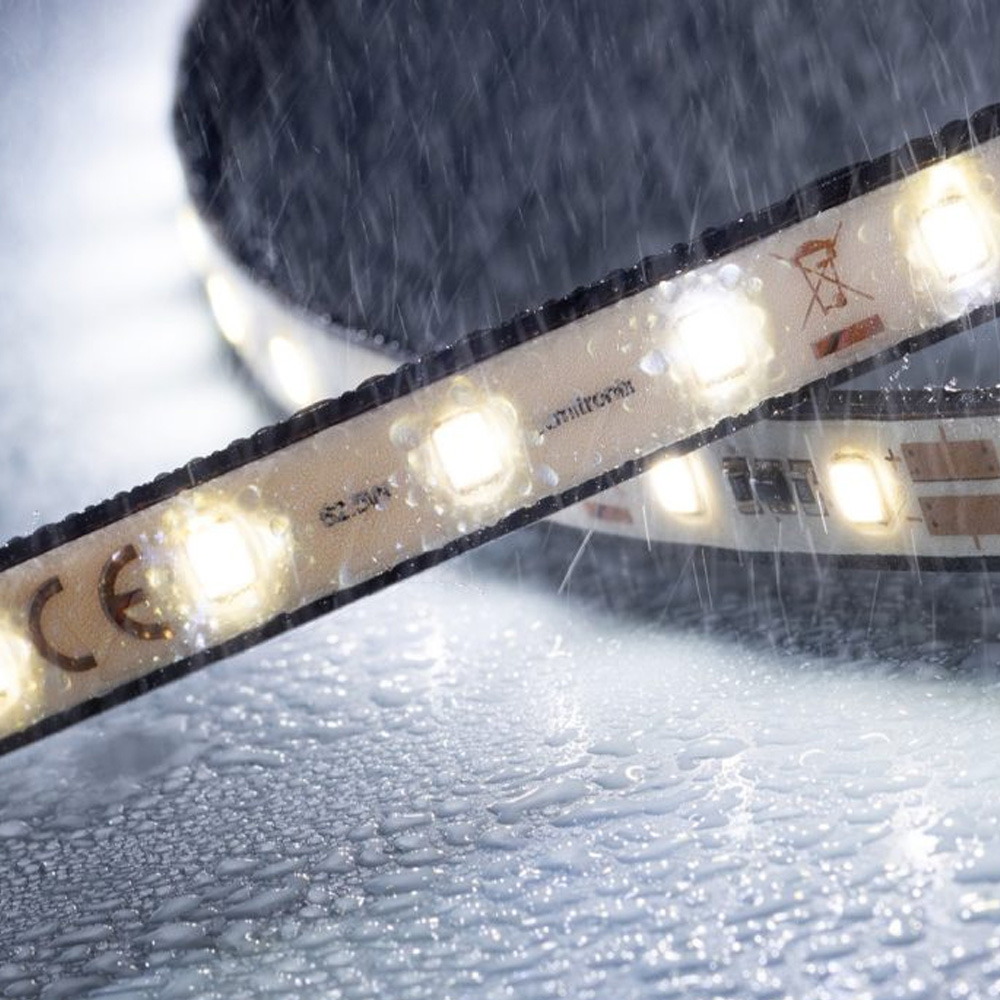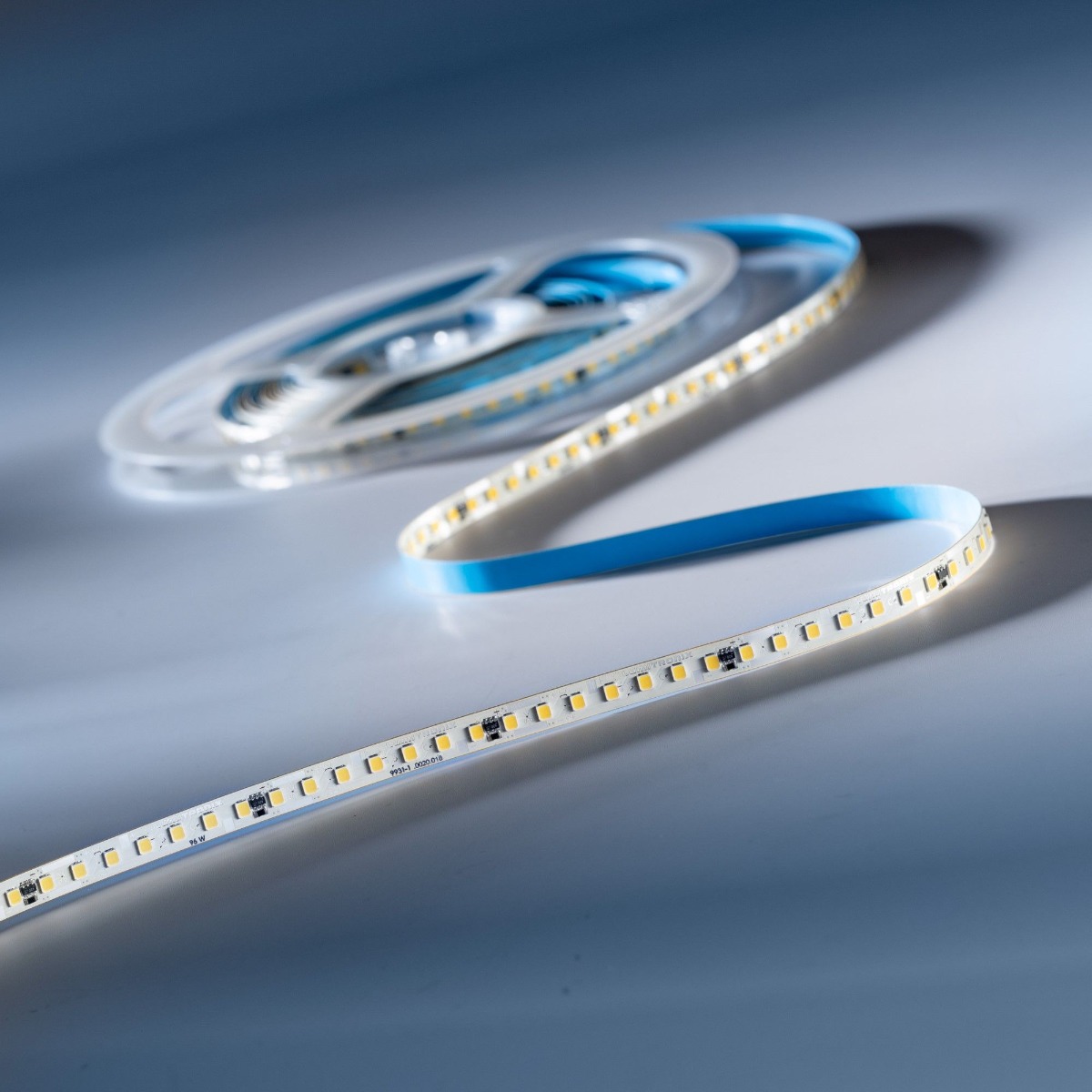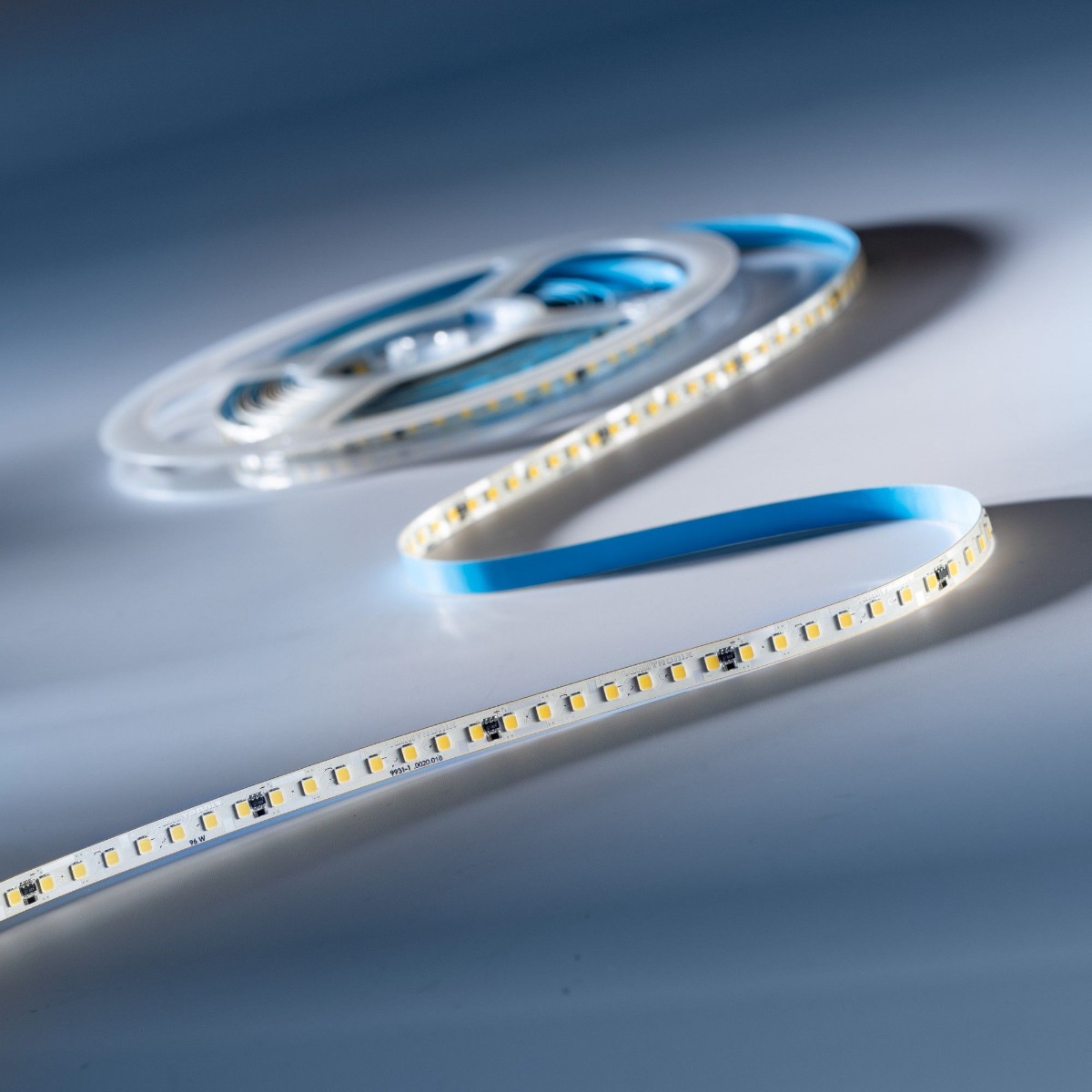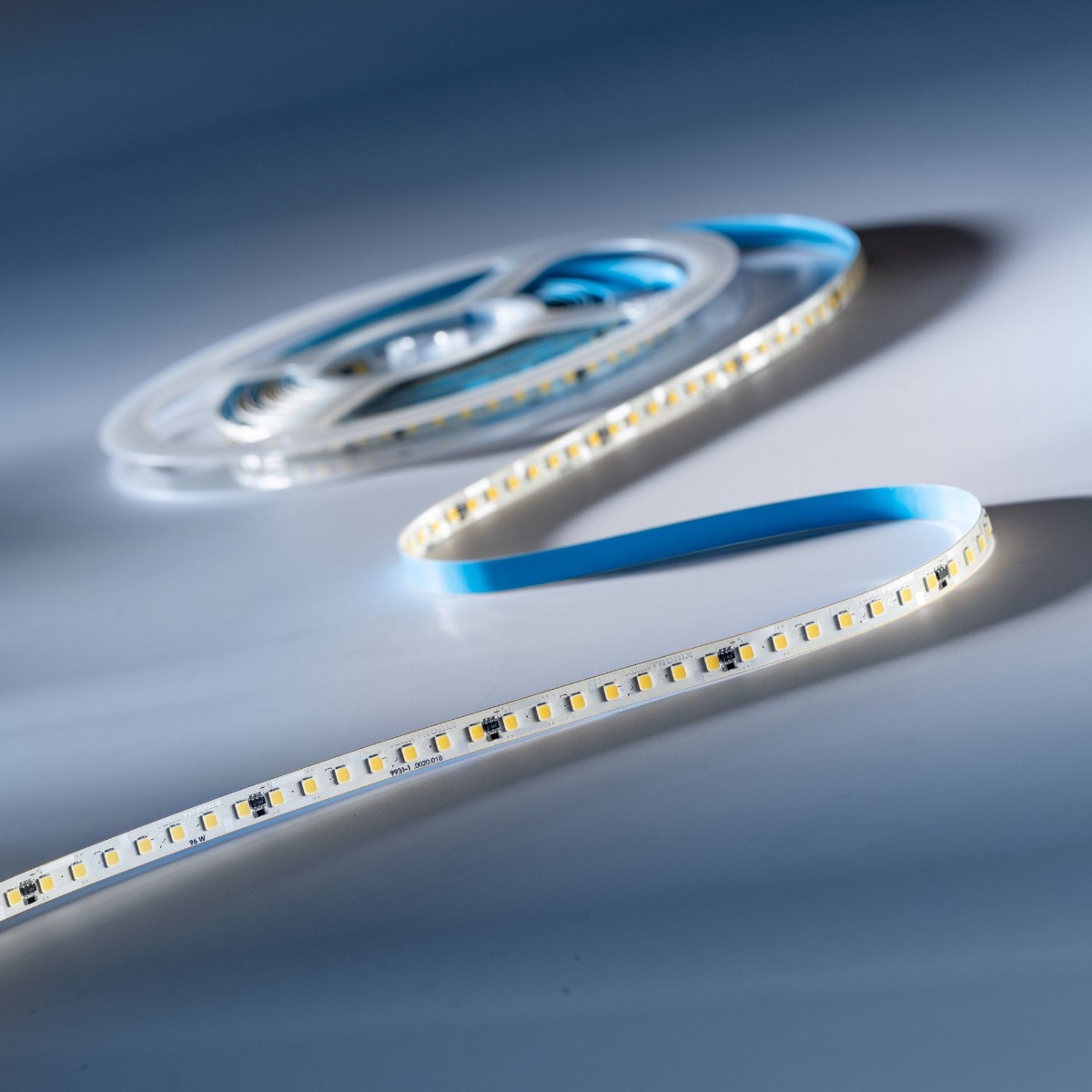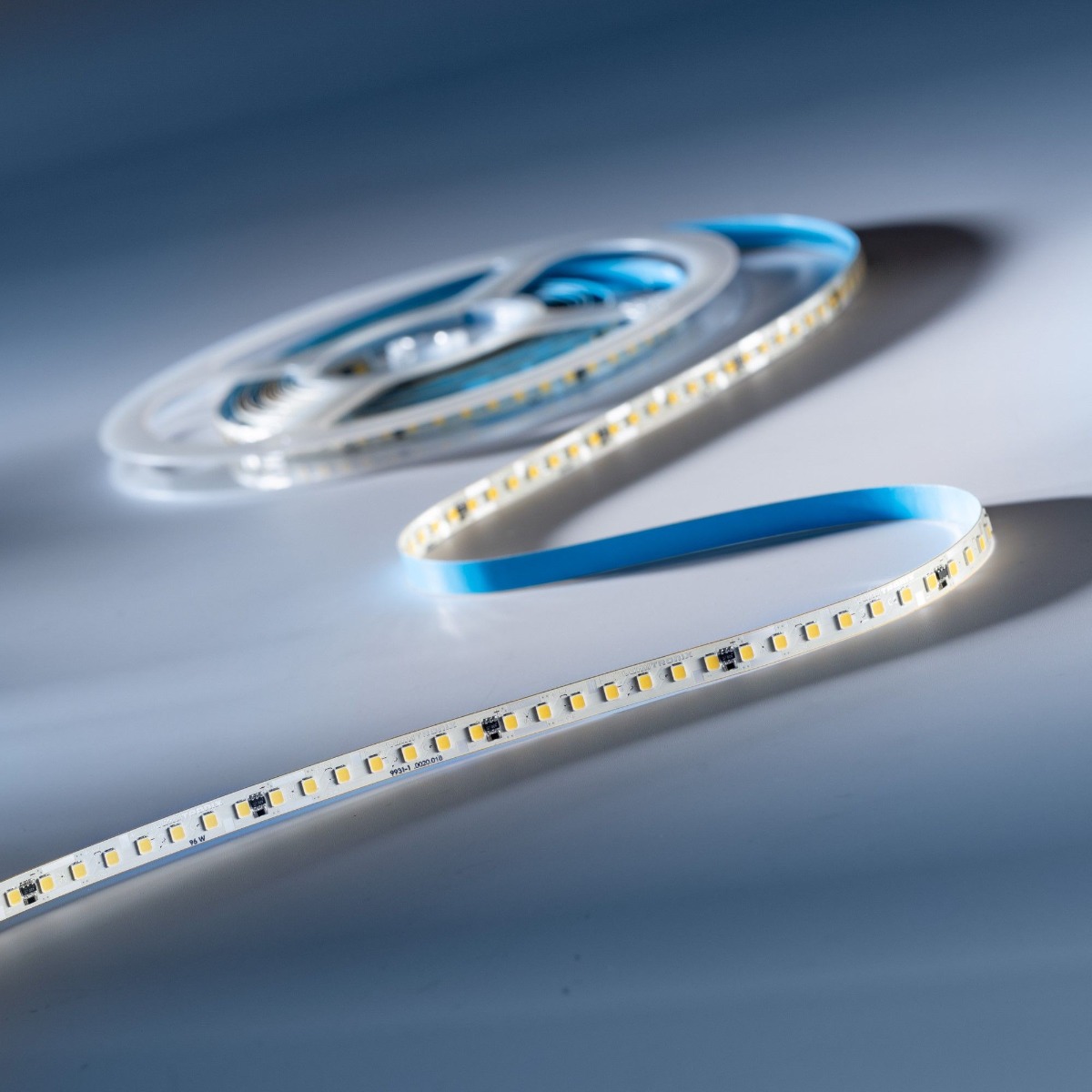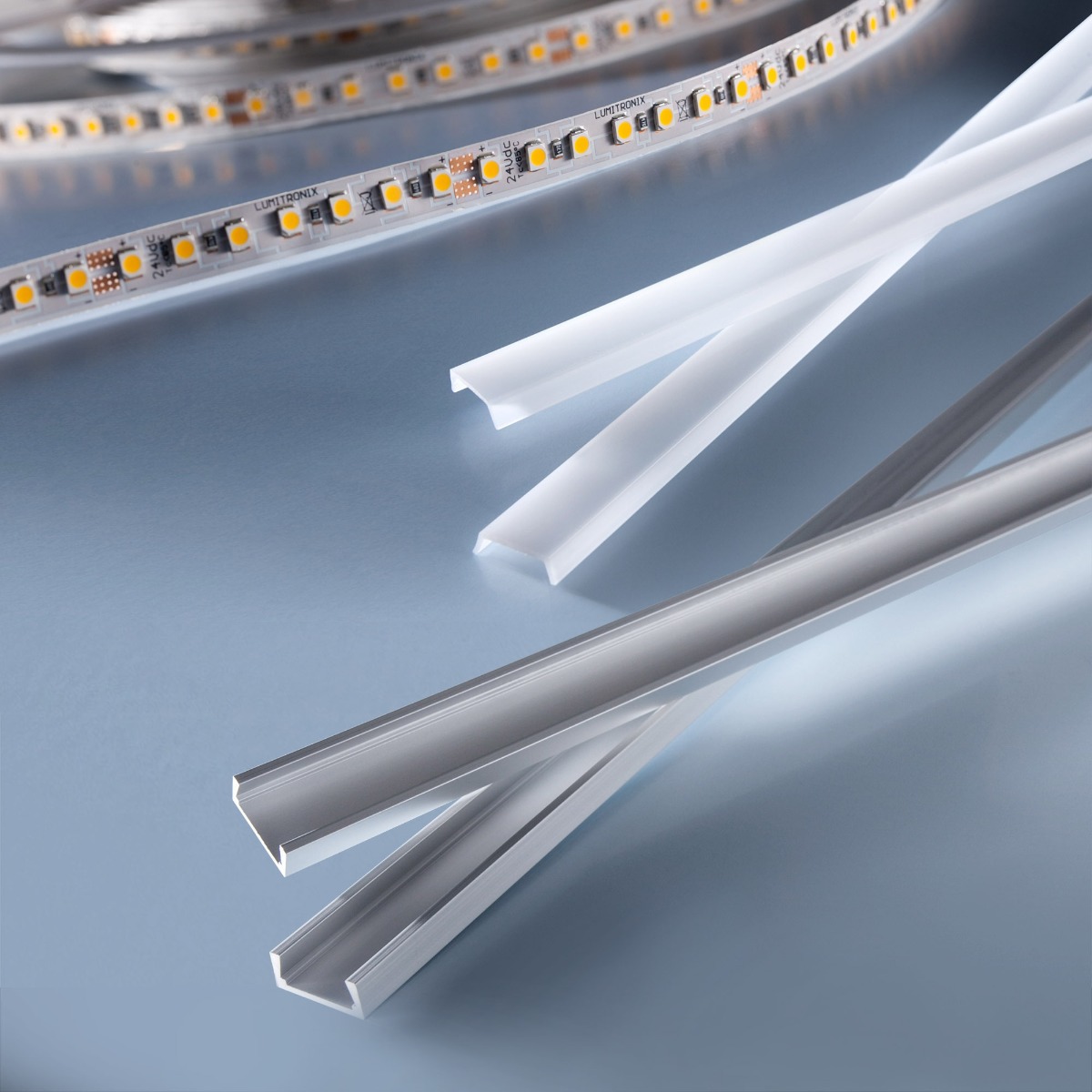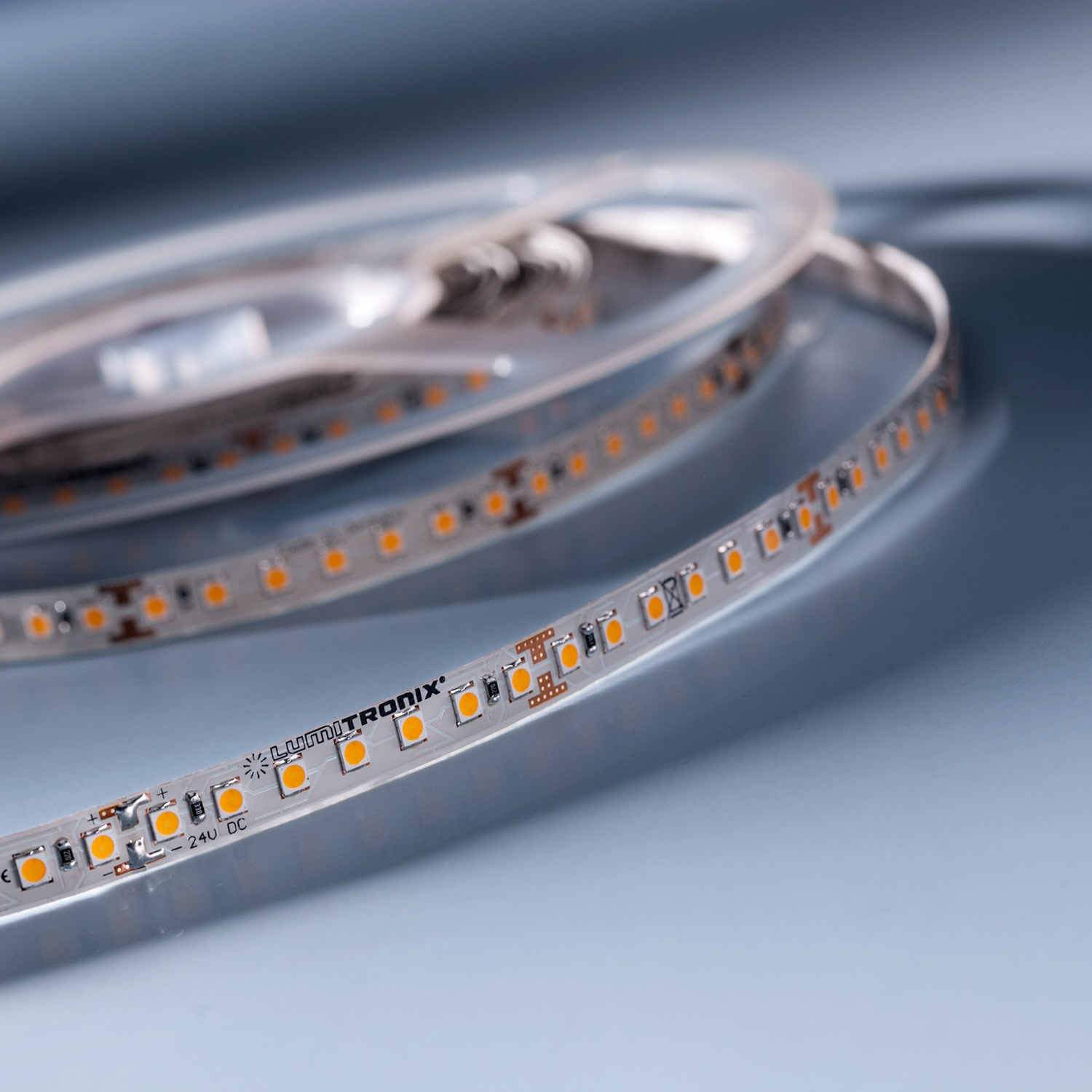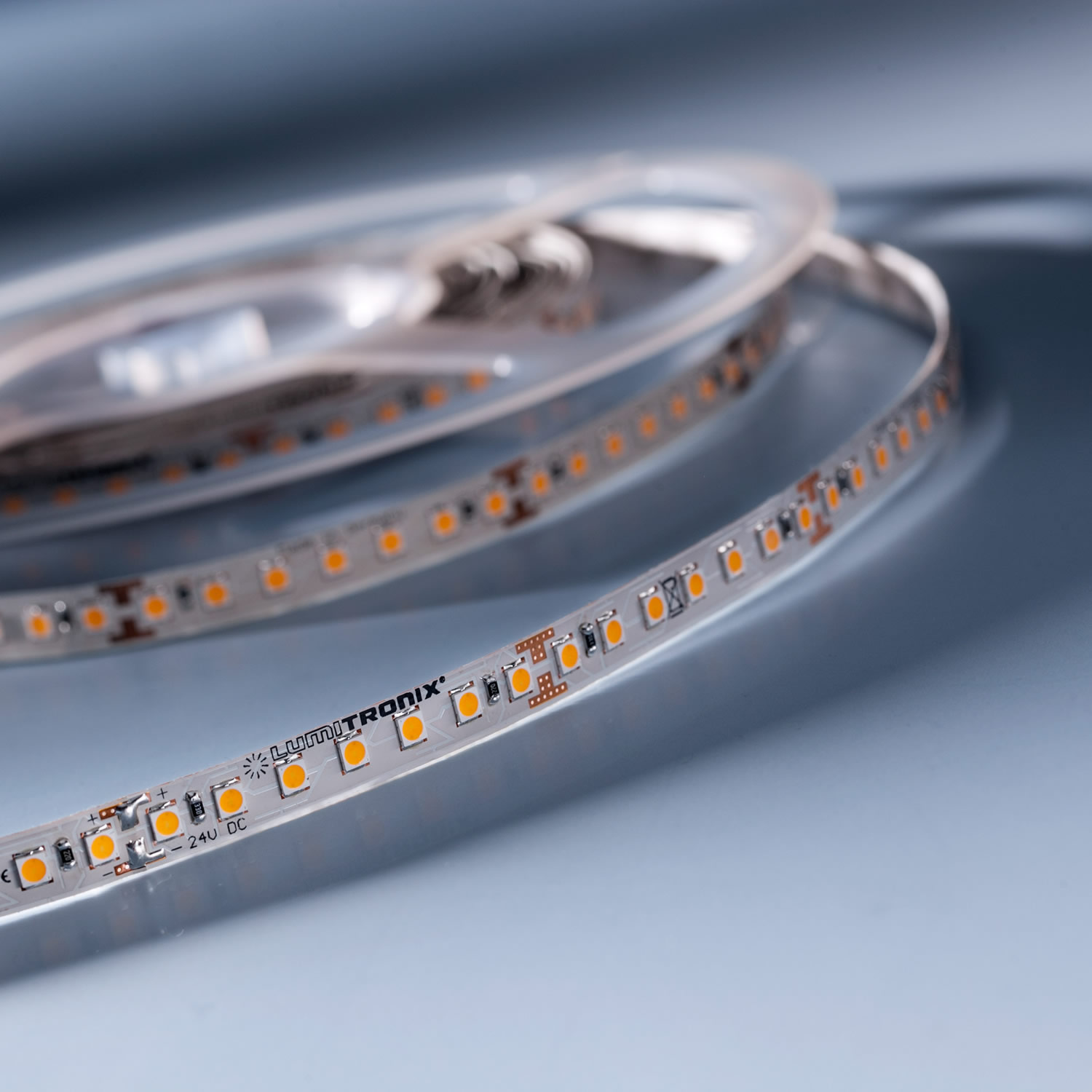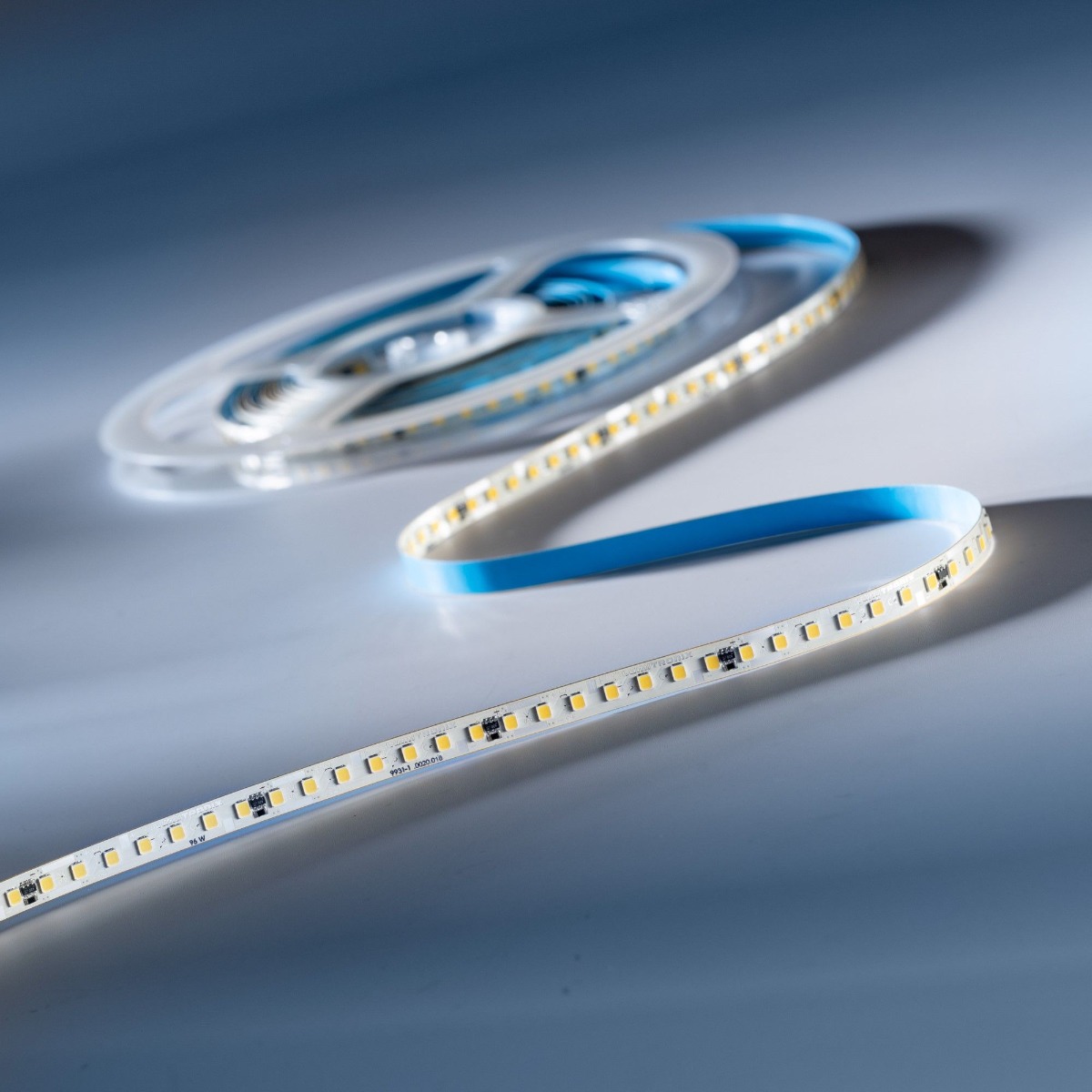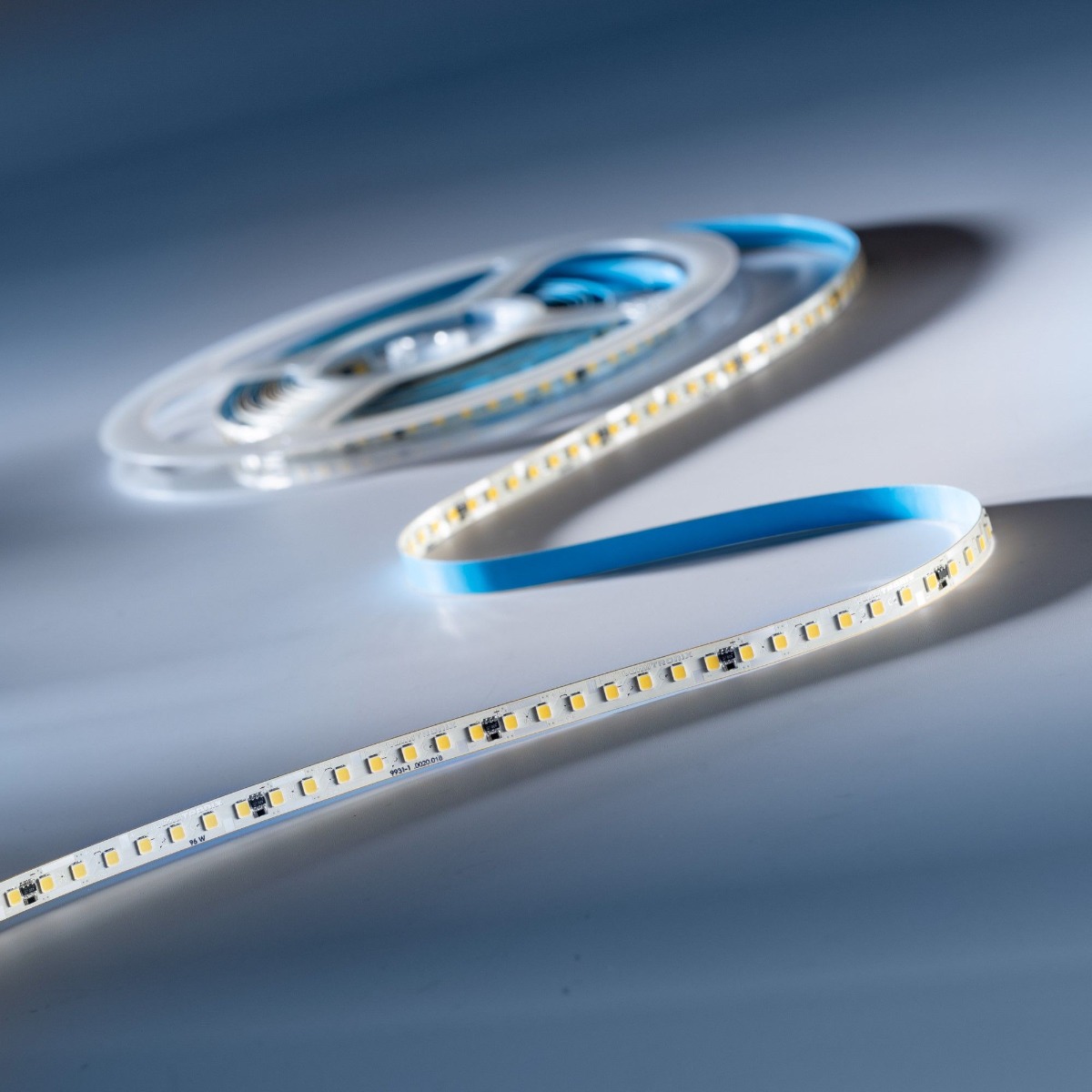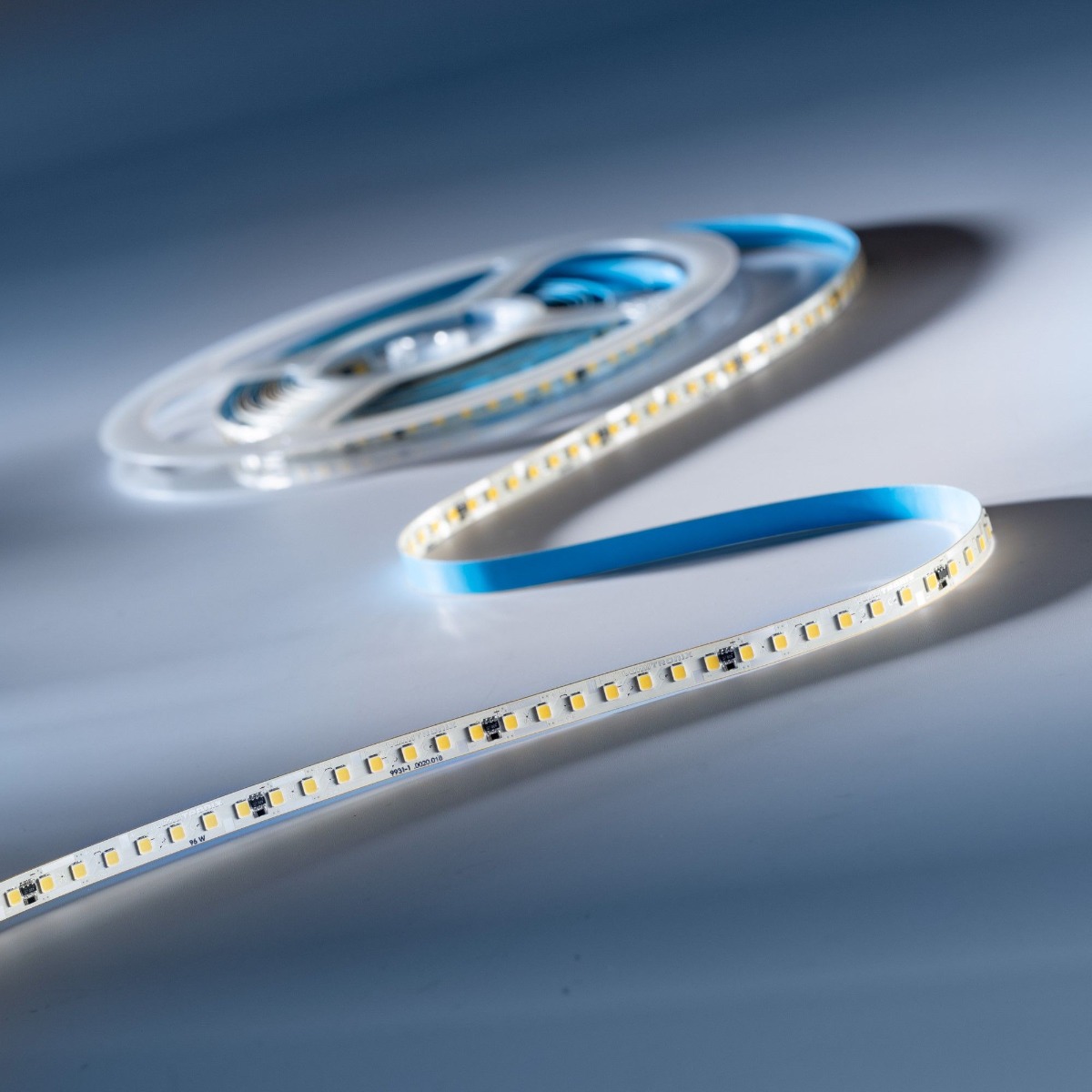Understanding and Measuring the Lifetime of LED Lighting versus Incandescent Bulbs
- By Lumistrips LED Professional
- Feb 8, 2023

When it comes to lighting options for homes, offices, or outdoor spaces, two primary choices often arise: traditional incandescent light bulbs and modern LEDs (Light Emitting Diodes). Both have their unique advantages and drawbacks, but one factor that frequently gets considered is their lifespan, or 'product lifetime.' Understanding these products' lifetime helps consumers make more informed and cost-effective decisions. Let's delve deeper into the different connotations of 'product lifetime' for incandescent bulbs and LEDs.
Incandescent Bulbs: A Traditional Favorite with a Finite Lifespan
The standard incandescent light bulb, a staple in homes and offices for over a century, has a typical product lifetime of approximately 1000 hours. This lifetime refers to the period before the filament inside the bulb degrades to the point where it can no longer produce light. When an incandescent bulb reaches the end of its lifespan, it often results in a visible spark or pop, signaling its final moments.
However, this isn't a hard-and-fast rule; the product lifetime of an incandescent bulb may vary based on several factors. These include the quality of the filament, the amount of current passing through it, and environmental conditions like voltage fluctuations and temperature.
LEDs: A Newer, Longer-Lasting Alternative
Contrary to incandescent bulbs, LEDs denote a different interpretation of 'product life.' LEDs are semiconductor devices that emit light when an electric current passes through them. Unlike their incandescent counterparts, LEDs do not 'burn out' in the traditional sense. Instead, they gradually lose brightness over time, a process known as lumen depreciation.
It's possible for an LED to lose up to 90% of its initial light output (or luminous flux) and still function. Some LEDs can emit visible light for decades under typical operating conditions. An example is the Nichia LED, which has a stated product lifetime of 60,000 hours. This LED can continue to emit light well beyond its rated lifespan, potentially reaching up to 200,000 hours.
However, the term 'LED lifetime' doesn't imply that the light will maintain its initial brightness throughout this period. Instead, it's used to denote the time interval over which the LED can serve its intended purpose. This period is often defined as the 'L70 lifetime,' which is the time taken for the LED's brightness to drop to 70% of its initial level.
When an LED reaches its L70 lifetime, it's considered 'end-of-life' and should ideally be replaced, even if it continues to emit light. This standard is recognized by all reputable lighting manufacturers and sellers.
Measuring LED Lifetime: The Science Behind the Numbers
With LEDs like the Nichia 757 series boasting more than 60,000 hours of L70 lifetime, one might wonder how such longevity is tested and verified. After all, a 60,000-hour test would last more than six years! To address this challenge, the lighting industry has developed specific measuring standards, namely, the IES LM80 and the IES TM21-2011.
1. IES LM80: Gauging Lumen Maintenance of LED Light Sources
IES LM80, or "Measuring Lumen Maintenance of LED Light Sources," is the industry-standard method for testing LED's lumen depreciation over time. This test is conducted over a period ranging from 6000 to 10,000 hours, with the LED's luminous flux measured at 1000-hour intervals. Multiple LEDs of the same type are tested simultaneously, running at different currents and operating temperatures.

Developed jointly by the Illuminating Engineering Society (IES) and the Department of Energy (DOE) Solid State Lighting Standards Development group, the LM80 test criteria have been approved by the DOE as a reliable method for measuring lumen depreciation of solid-state (LED) light sources, arrays, and modules.
The LM80 test essentially captures the degradation curve of an LED light source at a specific case and ambient temperature and drive current. This data forms the basis for understanding the long-term performance and reliability of the LED.
2. IES TM21: Projecting Long Term Lumen Maintenance of LED Light Sources
While the IES LM80 test offers valuable insights into an LED's lumen depreciation, it doesn't directly provide the LED's expected lifespan. This is where the IES TM21 standard comes into play.
The IES TM21 is designed to project the long-term lumen maintenance of LED light sources. In simpler terms, it uses the LM80 data to predict how long the LED will maintain at least 70% of its initial light output. This prediction is made by drawing an exponential curve between the 1000-hour test points on a graph plotting lumen maintenance from 100% to 70%.

However, TM21 comes with a limitation: the maximum life that can be quoted is six times the actual test duration. For instance, if the LED was tested for 6000 hours, the maximum quoted life would be 36,000 hours, denoted as "L70 (6K) >36,000 hours". If the test duration was 10,000 hours, the maximum life that can be quoted would be 60,000 hours, represented as "L70 (10K) >60,000 hours".
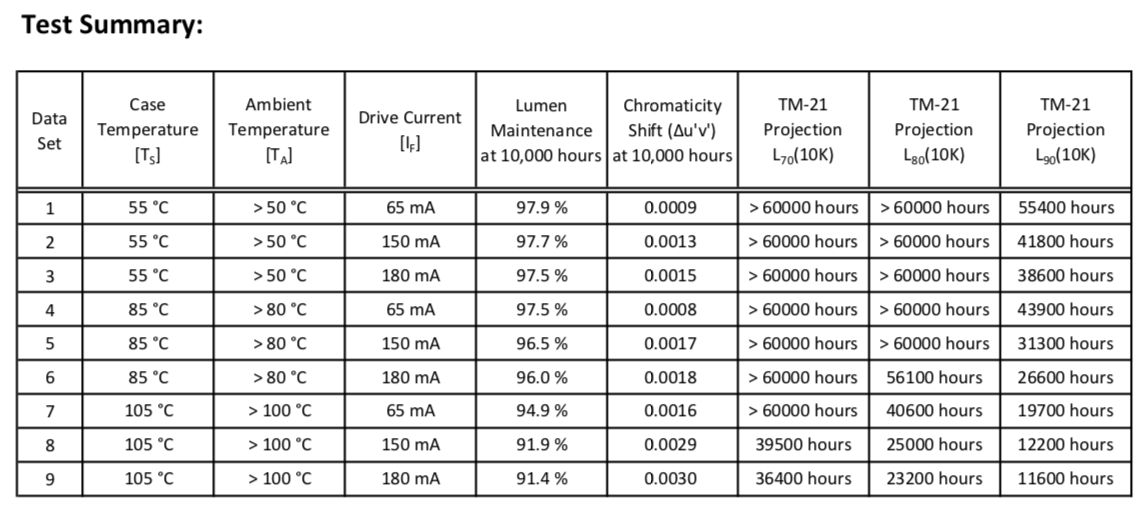
So, when you hear about an LED's lifetime according to LM80 and TM21 standards, remember that it involves two parts: actual testing with LM80 and a 6x test time projection with TM21.
Real-World Examples: Luxeon Rebel and Nichia LED
To better understand these concepts, let's consider two real-world examples: the Luxeon Rebel LED and the Nichia LED. Both of these LEDs undergo rigorous LM80 and TM21 testing to ascertain their lumen maintenance and projected lifetimes under varying case, ambient, and drive current conditions.
For example, a Luxeon Rebel LED tested for 6000 hours under specific conditions might show an LM80 degradation curve indicating a gradual decrease in luminous flux. This data can then be extrapolated using the TM21 methodology, which might predict an L70 lifetime of over 36,000 hours.
Similarly, a Nichia LED tested for 10,000 hours might demonstrate exceptional lumen maintenance, resulting in a TM21-predicted L70 lifetime of over 60,000 hours. Such comprehensive and trustworthy LM80 and TM21 reports are crucial in ensuring the quality and reliability of these LEDs.
An example of a L80 & TM21 lifetime for Nichia LED test can be downloaded below:
Why Trust Matters: The Case for Reputable Brands
At Lumistrips, we understand the importance of quality and reliability in lighting solutions. That's why we choose to use LEDs from reputable manufacturers like Nichia, Samsung, or Seoul for many of our products. These brands not only provide comprehensive LM80 and TM21 reports, but they also consistently demonstrate a commitment to innovation and quality in their product offerings.
Whether you're lighting your home or a large commercial space, your choice of lighting can impact not only the ambiance and functionality of the area but also your energy consumption and maintenance costs over time. By understanding the lifetime of incandescent bulbs versus LEDs, you can make an informed choice that suits your specific needs.
Despite the many advances in LED technology, it's also crucial to remember that not all LEDs are created equal. Quality can vary significantly among manufacturers, which is why it's crucial to choose LEDs from reputable brands that provide comprehensive LM80 and TM21 test reports, ensuring you are investing in a product that will truly stand the test of time.
Additionally, while the L70 lifetime is a helpful benchmark, it's not the only factor to consider when purchasing LEDs. Other factors such as color quality, light distribution, and energy efficiency should also be taken into account to ensure the lighting solution best fits your requirements.
At Lumistrips, we're committed to providing high-quality LEDs from trusted manufacturers. We understand that a well-lit environment can make a significant difference in comfort, productivity, safety, and overall aesthetic appeal. Our lighting solutions aim to provide our customers with superior performance, longevity, and most importantly, peace of mind.
To conclude, LEDs, with their exceptional energy efficiency and long lifespan, have revolutionized the lighting industry. They have proven to be a viable and sustainable alternative to traditional incandescent bulbs. However, like any other technology, the key to getting the most out of LEDs lies in understanding their characteristics, including their 'product lifetime.' By considering this factor, along with others like light quality and energy efficiency, you can make the right lighting choice that will serve you well for many years.

 Lumistrips EN
Lumistrips EN Lumistrips UK
Lumistrips UK Lumistrips ES
Lumistrips ES Lumistrips PT
Lumistrips PT Lumistrips ITA
Lumistrips ITA

